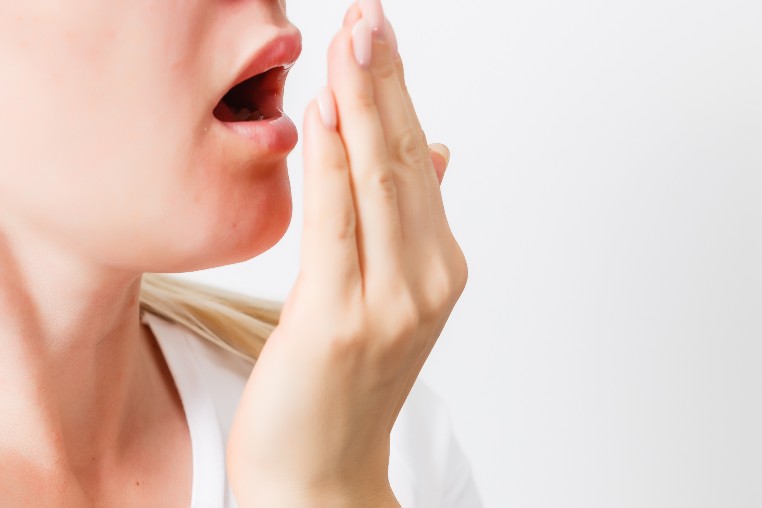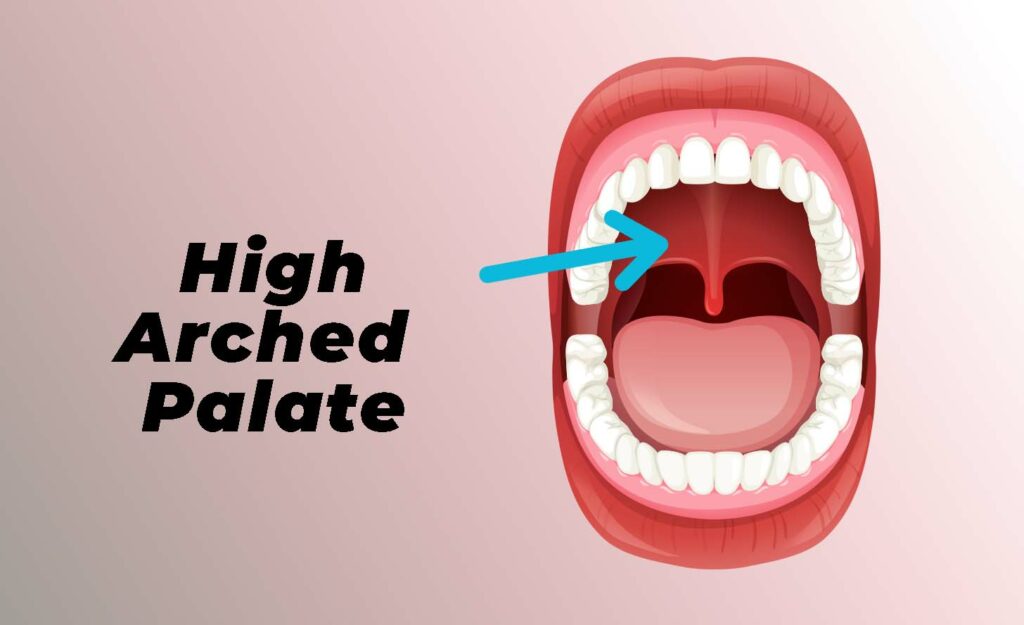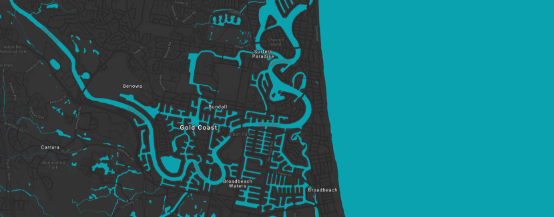For those who might not know, a person’s palate is the official medical term for a roof of the mouth. It’s the part that separates the mouth from the nose cavities. The palate starts to develop in the early stages of pregnancy and continues to develop through early childhood.
Now, when it comes to a high arched palate or a narrow palate, patients should know that this palate is two standard deviations narrower than average. In other words, two standard deviations below average means that people who suffer from this condition have a palate that is narrower than the palates of 98 percent of people. To put it plainly, this is a pretty rare condition.
Those structural mouth abnormalities can be seen at birth and nasty habits like aggressive sucking of a thumb can cause a palate to develop improperly. This condition can be treated with braces and surgery, but it’s important to state that if left untreated in childhood, a narrow palate can be quite difficult to treat later in life.
This dental condition can cause other health problems if left untreated. This is exactly why it’s important to talk about symptoms of a narrow palate, potential causes, and treatment options.
Having a narrow palate mouth is a pretty obvious condition. In other words, it’s easy to detect. However, considering that this dental condition can lead to breathing and teeth issues, it’s important to detect it in time. The best way to do this is to look out for the symptoms. Here are the narrow palate symptoms people should be aware of.
When it comes to babies, it’s important to state that those infants with a narrow palate may have difficulty during nursing or feeding from a bottle. The main issues can be improper suction due to a narrow palate and this can potentially cause air bubbles when nursing. This can cause babies to experience excessive gas. Here are the other symptoms parents should look out for:
Experts claim that a narrow palate can cause breathing issues in children that can lead to a habit of mouth breathing. In some cases, this can lead to obstructive sleep apnea. Other symptoms include:
In most cases, adults have the same symptoms as kids. However, once the mouth is fully developed, treatment becomes more difficult and complicated. Adults who want to treat their narrow palate usually have to undergo surgery.

When it comes to narrow palate causes, there are plenty of different things that can contribute to this condition.
Here are the most common causes.
It’s safe to say that a facial injury, while the palate is still developing, is one of the main causes of bone growth disruption. Plenty of experts claim that injuries to the palate in children are a common occurrence. In most cases, injuries heal without needing specific medical treatment, but sometimes they can cause a narrow palate.
Back in 2016, a study with mice showed that abnormalities affecting the head account for 1 in 3 developmental issues for a fetus. The majority of those issues regard the palate. Experts claim that any condition that disrupts the development of the palate in utero can cause a narrow palate.
There are also a lot of genetic conditions that can cause this condition like Ramon syndrome, pyknodysostosis, and Marfan syndrome.
Even when there are no injuries or genetic issues, a kid can still suffer from a narrow palate. The aggressive thumb sucking causes pressure in the mouth that can disrupt palate development and teeth alignment, especially in the early years.
In most cases, kids stop sucking their thumbs between the ages of 2 to 4. However, the children who don’t quit this nasty habit are at risk of improper mouth development that may result in a narrow palate.
It’s safe to say that a narrow palate can cause a lot of different health problems. Here’s what they are.
The very first thing a narrow palate will have is a negative effect on our teeth. Here are the teeth-related problems a patient can expect.
A crossbite is a malocclusion or a bite problem. This is a condition where the person’s top teeth and bottom teeth do not come together or bite in the correct position. This can be caused by either tooth position, jaw position, or a narrow palate.
Dentists use the term “impacted” when they want to describe a tooth that either has not come in when expected or a tooth that cannot come in because it does not have enough room.
Crowded teeth or dental crowding is a condition when there is not enough space in the patient's mouth for permanent teeth to grow in straight.
Other than various teeth issues, this dental condition can also cause breathing complications because it obstructs the nasal cavity. In some cases, this obstruction may lead to a nasty habit called mouth breathing. Unfortunately, due to the narrow airways, a high arched palate can also cause obstructive sleep apnea. If this happens, a patient should seek treatment as soon as possible.

As stated before, a narrow palate can be treated, but if it’s not done early in childhood, it will be difficult to do it later in life. Here are some of the treatment options a patient has.
A frenotomy is a procedure in which a dentist snippets the frenulum with surgical scissors. This is used to treat tongue-ties in infants to prevent future concerns with mouth development.
Palate expanders are devices that apply pressure on a patient’s mouth to widen their palate. In most cases, they are used in children and teenagers under 15 years old. These devices can also be used to correct the improper alignment of a patient’s teeth.
If the braces, Invisalign, frenotomy, and palate expanders don’t fix the issue, jaw widening surgery is the last resort. It’s the best treatment option for teenagers and adults because their jaw development has stopped and other treatment methods are ineffective.
Surgery usually looks like this - a surgeon makes a cut in the bone of the patient’s upper jaw and repositions it with an expansion device. The bone will take a few weeks to heal. After the surgery, the patient will have a gap in the front of their teeth. This gap can be corrected with orthodontics.

